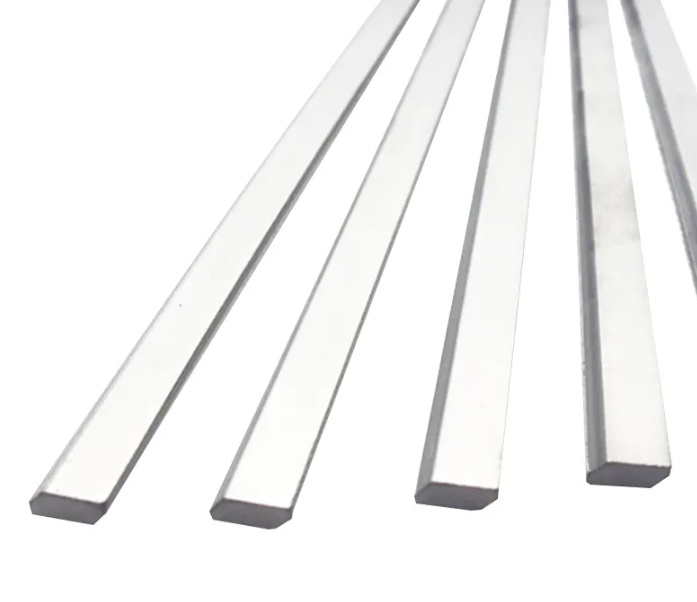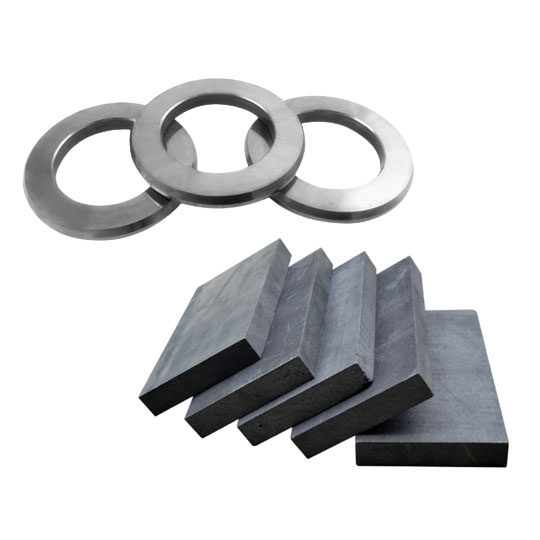Введение: Невоспетые герои современного производства
Твердосплавные стержни революционизируют способы изготовления и использования инструментов в бесчисленных отраслях промышленности. От аэрокосмической до автомобильной промышленности, от производства пресс-форм до электроники - эти крошечные стержни намного превосходят свой вес.

Ключевые преимущества Твердосплавные стержни в разделе Инструменты
Твердосплавные стержни - это не обычные материалы. Эти крошечные гиганты изготавливаются в основном из порошка карбида вольфрама, смешанного с металлическим связующим, обычно кобальтом. В результате получается сплав, который тверже стали, крепче гвоздей и плавнее джаза.
Что делает твердосплавные стержни такими особенными?
| Характеристика | Описание |
|---|---|
| Твердость | Твердость до 9 по шкале Мооса выше, чем у большинства режущих материалов. |
| Износостойкость | Отлично справляется с абразивными нагрузками и служит в 10 раз дольше, чем HSS. |
| Термостойкость | Сохраняет холод даже при высоких температурах резки. |
| Размерная стабильность | Сохраняет форму и терпимость под давлением. |
| Точность | Обеспечивает микрофиниширование и обработку с высокой точностью. |
Представьте, что вы пытаетесь разрезать титан или закаленную сталь ножом для масла. Вот с чем вы столкнетесь без твердого сплава. Это все равно что сравнивать бензопилу с перочинным ножом.
Применение в решениях для промышленной оснастки
Так где же эти твердосплавные стержни действительно блещут? Короткий ответ: везде, где важны точность и долговечность. Давайте разберемся.
Отрасли промышленности, в которых используются твердосплавные стержни
| Промышленность | Приложение |
|---|---|
| Аэрокосмическая промышленность | Высокопроизводительные турбинные лопатки, крепеж, конструктивные элементы. |
| Автомобильная промышленность | Режущие инструменты для блоков двигателей, корпусов трансмиссий и тормозных роторов. |
| Электроника | Микросверла для печатных плат, полупроводниковая оснастка. |
| Медицина | Хирургические инструменты, ортопедические имплантаты, прецизионные инструменты. |
| Инструмент и штампы | Пресс-формы, пуансоны, прецизионные режущие и формообразующие инструменты. |
Это все равно что дать хирургу скальпель вместо кухонного ножа - твердосплавные стержни обеспечивают точность и надежность в сложных условиях эксплуатации.

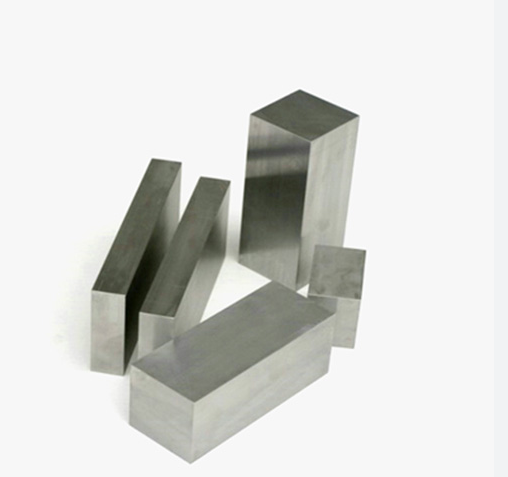
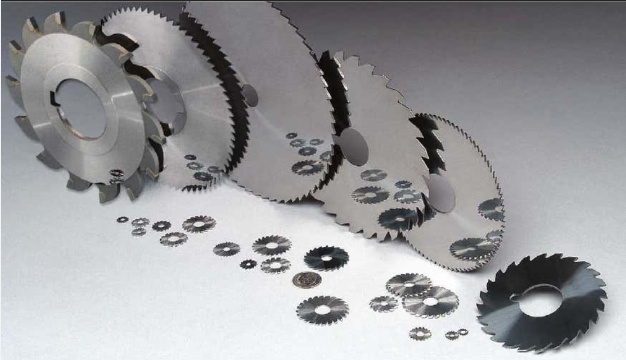
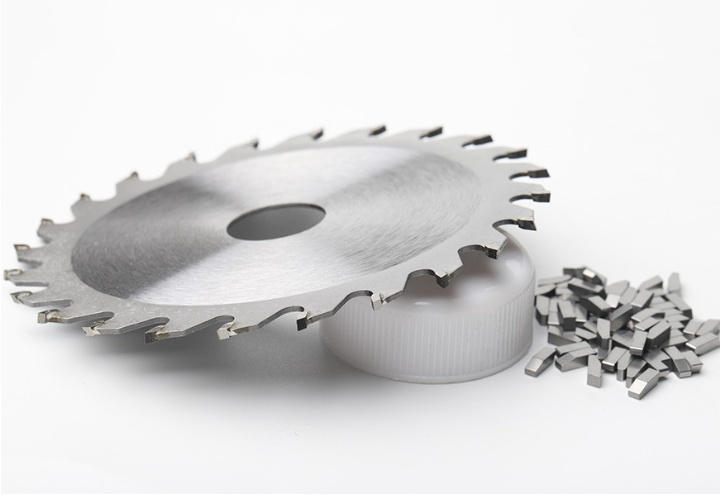
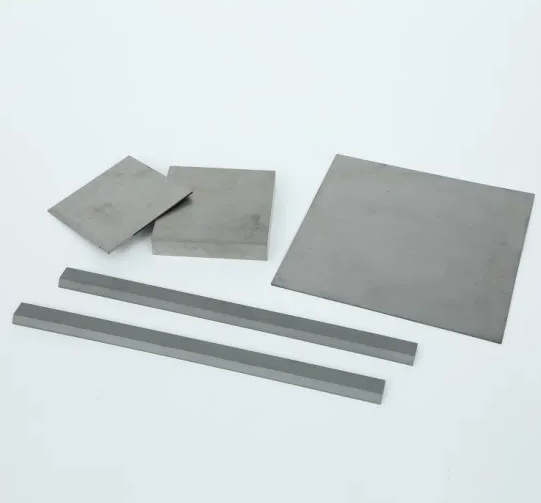
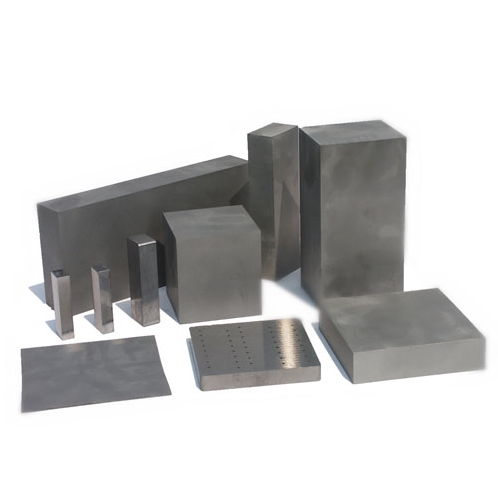
Почему твердосплавные стержни приходят на смену традиционным инструментальным материалам
Если быстрорежущая сталь (HSS) была королем десятилетий, то твердосплавные стержни - это новые революционеры. Давайте посмотрим, как они сравниваются:
Твердосплавные стержни в сравнении с быстрорежущей сталью
| Недвижимость | Твердосплавные стержни | Быстрорежущая сталь |
|---|---|---|
| Твердость | Чрезвычайно высокий | Умеренный |
| Срок службы инструмента | До 10 раз дольше | Короче |
| Устойчивость к жаре | Superior | Ограниченный |
| Скорость обработки | Очень высокий | Умеренный |
| Стоимость | Более высокая первоначальная стоимость | Более низкая первоначальная стоимость |
Да, твердосплавные стержни стоят дороже. Но подумайте о них, как об автомобиле с экономичным расходом топлива. Конечно, его покупка обходится дороже, но долгосрочная экономия? Огромная.
Как выбрать подходящий твердосплавный стержень для вашей задачи
Выбор правильного твердосплавного стержня - это не просто "подключи и работай". Это все равно что выбрать правильную шину для своего автомобиля - вам нужно правильное сцепление, размер и протектор, соответствующие условиям.
Факторы, которые необходимо учитывать
- Обрабатываемый материал - Более мягкие металлы против закаленной стали?
- Тип инструмента - Сверло, развертка, концевая фреза, пуансон?
- Условия труда - Высокая скорость? Мокрая или сухая обработка?
- Прецизионный уровень - Допуски, жесткие как барабан?
- Потребности в покрытии - TiN, TiAlN или алмазные покрытия?
Топ 10 моделей порошка карбидного стержня с описанием
Это одни из самых авторитетных порошков в бизнесе, каждый из которых обладает уникальными свойствами, соответствующими специфическим потребностям инструмента.
| Модель порошка | Описание |
|---|---|
| WC-Co 94/6 | Стандартный порошок с карбидом вольфрама 94% и кобальтом 6%. Идеально подходит для инструментов общего назначения. |
| WC-Co 92/8 | Обладает лучшей вязкостью, чем 94/6. Хорошо подходит для прерывистого резания. |
| WC-Co 90/10 | Большее количество кобальта означает большую прочность - отлично подходит для работы в условиях сильных ударов. |
| WC-CoCr 88/10/2 | Содержит хром для устойчивости к коррозии - идеально подходит для медицинских инструментов. |
| WC-TiC-Co | Добавление карбида титана повышает износостойкость и термостойкость. |
| WC-Ni | Карбид на никелевой связке, используется в чувствительных к коррозии областях. |
| WC-Co-TiN | Идеально подходит для обработки сверхтвердых материалов, таких как стекло и керамика. |
| WC-Co-TaC | Карбид тантала повышает жаропрочность и твердость в горячем состоянии. |
| WC-Co-CrN | Нитрид хрома способствует смазке - используется при сухой резке. |
| Нано WC-Co | Сверхтонкие частицы для микросверления и инструментов для тонкой обработки. |
Каждая модель подобна специалисту в хирургической команде - специфическая, эффективная и незаменимая в правильном контексте.
Будущее решений для твердосплавной оснастки
К чему же все это приведет? Подумайте об автоматизации, искусственном интеллекте и Индустрии 4.0. Твердосплавная оснастка шагает в более умное и отзывчивое будущее.
Новые тенденции
- Интеллектуальные инструментальные системы - Встроенные датчики для контроля износа и температуры.
- Экологически чистое производство - Больше переплетных материалов, пригодных для вторичной переработки.
- Наноструктурированные порошки - Беспрецедентная острота и долговечность инструмента.
- 3D-печатные компоненты из твердого сплава - Аддитивное производство и инновации в области твердого сплава.
Мы смотрим в будущее, где инструменты из твердого сплава не только служить дольше но также думать умнее.
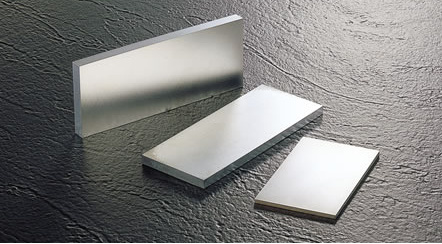
ЧАСТО ЗАДАВАЕМЫЕ ВОПРОСЫ
| Вопрос | Ответить |
|---|---|
| Из чего изготавливают твердосплавные стержни? | В основном это карбид вольфрама и кобальт, иногда с дополнительными элементами, такими как никель или титан. |
| Почему твердосплавные стержни лучше стальных? | Они более твердые, износостойкие и лучше переносят нагрев. Считайте их "суперсплавом" для оснастки. |
| Где чаще всего используются твердосплавные стержни? | Основными потребителями являются аэрокосмическая промышленность, автомобилестроение, электроника и прецизионная медицинская оснастка. |
| Можно ли использовать твердосплавные стержни в 3D-печати? | Да, особенно в передовых установках аддитивного производства, требующих высокой прочности. |
| Как долго служат инструменты из твердого сплава? | В 10 раз дольше, чем инструменты из быстрорежущей стали в аналогичных условиях. |
| Можно ли перерабатывать инструменты из твердого сплава? | Да, большинство твердосплавных материалов можно перерабатывать и использовать повторно. |
| Какой самый большой недостаток? | Более высокая первоначальная стоимость и хрупкость при неправильном использовании. |
| Нужно ли наносить покрытие на твердосплавные инструменты? | Часто да - такие покрытия, как TiN или TiAlN, повышают производительность и срок службы. |
| Как правильно выбрать твердосплавный стержень? | Зависит от материала, скорости, типа инструмента и требуемых допусков. |
| Существует ли универсальный твердосплавный стержень для всех областей применения? | Нет. Как и в случае с обувью, оптимальный выбор зависит от конкретного случая использования. |

